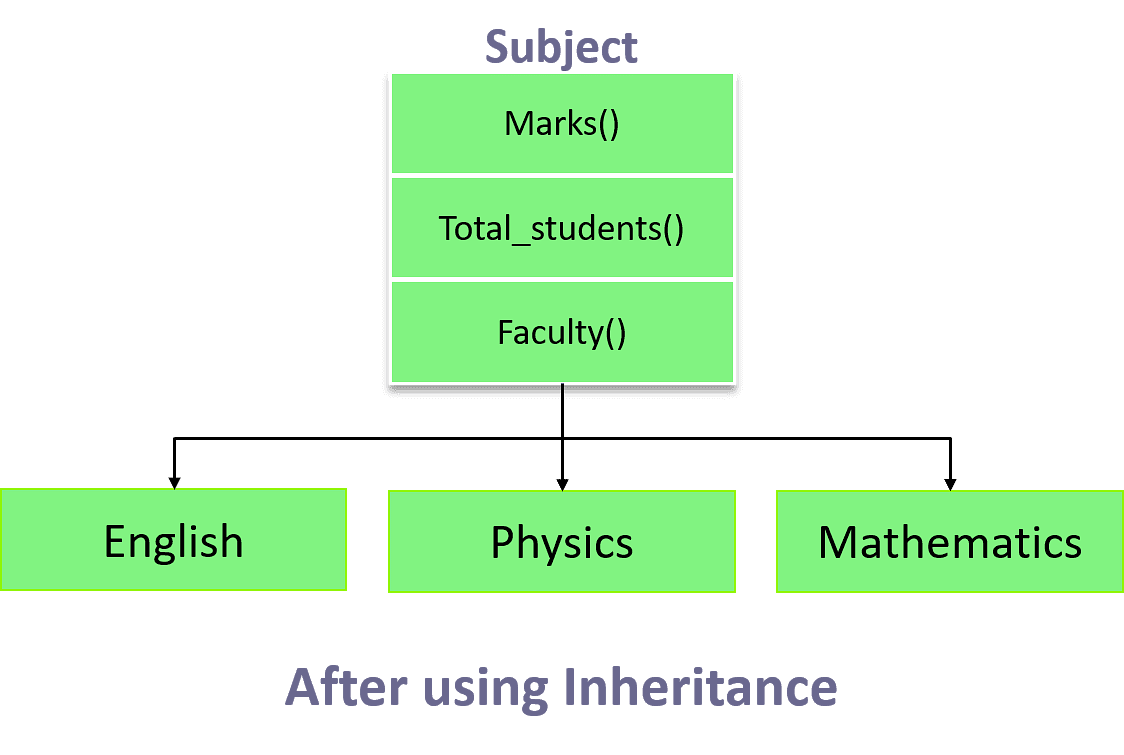Subtype, Substitutability, Forms Of Inheritance Specialization Presentation
| Introduction to Subtype, Substitutability, and Forms of Inheritance Specialization | ||
|---|---|---|
| Subtype is a concept in object-oriented programming that allows a derived class to be used in place of its base class. Substitutability refers to the ability to substitute objects of one type with objects of another type, while preserving the expected behavior. Forms of inheritance specialization provide different ways to extend and customize the behavior of base classes in object-oriented programming. | ||
| 1 | ||
| Subtype and Liskov Substitution Principle | ||
|---|---|---|
| Subtype is a relationship between classes where an object of the derived class can be used wherever an object of the base class is expected. The Liskov Substitution Principle states that objects of a subtype should be substitutable for objects of the base type without altering the correctness of the program. Violations of the Liskov Substitution Principle can lead to unexpected behavior and can break the functionality of the program. | ||
| 2 | ||
| Inheritance Specialization - Single Inheritance | ||
|---|---|---|
| Single inheritance is a form of inheritance specialization where a derived class inherits from a single base class. It allows the derived class to inherit the properties and methods of the base class, and also add new properties and methods specific to the derived class. Single inheritance promotes code reusability and maintains a hierarchical relationship between classes. | ||
| 3 | ||
| Inheritance Specialization - Multiple Inheritance | ||
|---|---|---|
| Multiple inheritance is a form of inheritance specialization where a derived class can inherit from multiple base classes. It allows the derived class to inherit properties and methods from multiple sources, enabling greater flexibility in code design. Multiple inheritance can result in complex relationships between classes and can introduce ambiguities, requiring careful design and usage. | ||
| 4 | ||
| Inheritance Specialization - Multilevel Inheritance | ||
|---|---|---|
| Multilevel inheritance is a form of inheritance specialization where a derived class inherits from another derived class. It allows for the creation of a hierarchy of classes, with each level adding more specific functionality. Multilevel inheritance can be used to model real-world relationships and promote code organization and modularity. | ||
| 5 | ||
| Inheritance Specialization - Interface Inheritance | ||
|---|---|---|
| Interface inheritance is a form of inheritance specialization where a class implements one or more interfaces. Unlike other forms of inheritance, interface inheritance focuses on defining contracts and specifying behavior rather than code reuse. Interface inheritance allows for polymorphism and enables objects of different classes to be treated interchangeably based on their shared interface. (Note: The content of the slides is for illustrative purposes only. Actual content may vary depending on the specific topic and requirements.) |  | |
| 6 | ||




